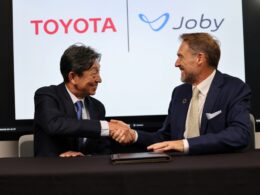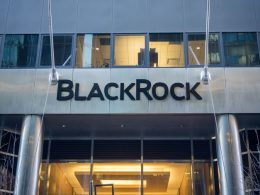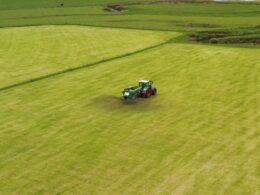Levi Strauss & Co. has announced a new global water strategy that sets ambitious targets to cut water use, improve quality, and support communities across its supply chain by 2030. The company said the plan underscores its belief that “protecting water is not just the right thing to do — it’s good business.”
Under the strategy, Levi’s aims to achieve a 15% absolute reduction in water use across its manufacturing supply chain by 2030, compared to 2022 levels. The goal builds on progress made toward its 2025 target of halving water use in high-stress areas, and aligns with global frameworks including the Science Based Targets Network (SBTN) and the Taskforce on Nature-related Financial Disclosures (TNFD).
The apparel maker also pledged that 40% of water used in manufacturing will be recycled or reused by 2030, while ensuring 100% of its suppliers with direct discharges meet the Zero Discharge of Hazardous Chemicals (ZDHC) wastewater standards.
Levi’s said its efforts will focus on high-risk river basins such as the Sutlej and Indus in Pakistan and the Meghna in Bangladesh, where it will collaborate with local partners on watershed restoration and resilience-building projects.
Beyond operations, the company will expand investments in water access, sanitation, and hygiene (WASH) programmes, particularly in key sourcing regions. Initiatives include Levi’s participation in the Women + Water Collaborative led by WaterAid, aimed at improving health and climate resilience in Indian communities facing acute water stress.
Levi Strauss & Co. also committed to annual public reporting and consumer education to promote water conservation beyond its factories.
“Water is a shared resource, and solving the global water crisis will take shared responsibility,” the company said, reaffirming its commitment to driving collective action across the fashion industry for a more sustainable future.





















